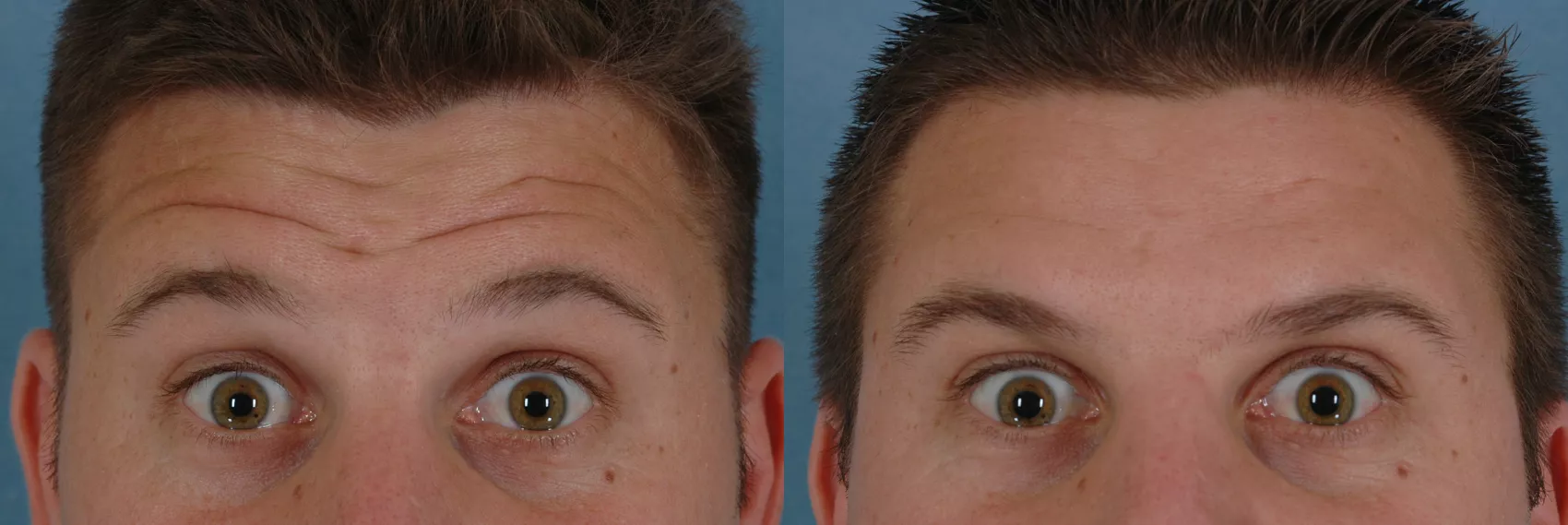
The first changes appear quietly—but don’t stay forever
You won’t see results right away. Botox doesn’t work like filler. It settles in slowly. Small lines soften within days. Muscles start relaxing. Expressions shift. But the full effect usually takes about two weeks. That’s when you see what it can really do.
It starts in the forehead. Around the eyes. Between the brows. Places where movement creases skin over time. Botox tells those muscles to pause. Not freeze. Just ease off. The lines don’t deepen. Some fade completely. But that stillness isn’t permanent.
Your body keeps moving, and so does the timeline.
Most people see results for about three to four months
That’s the average. Some hold results longer—up to five months. Others feel it fade at ten weeks. It depends on your body. Your metabolism. Your activity level. The dose used. And how often you’ve had it before.
First-timers may notice it wears off sooner. The muscles remember how to move. But with repeat treatments, results often last longer. The muscles grow weaker. The skin stops folding so deeply. The return of lines slows down.
But nothing stops completely. Botox delays—not deletes.
High-motion areas may fade faster than others
The forehead moves all day. So does the space between your brows. These spots often need touch-ups sooner. Crow’s feet can hold results a bit longer. The less you move the area, the longer the Botox holds.
If you exercise intensely, your body may break it down quicker. If your metabolism is high, the effect might fade faster. Botox is a protein. And your system decides how fast it clears.
There’s no one set rule. Only a pattern that reveals itself with time.
Maintenance keeps results more stable
Letting Botox fully wear off between treatments means starting over each time. The muscle regains full strength. The lines return. Starting again means reworking tension that’s already come back.
Regular maintenance—every three to four months—keeps the area smooth. Not frozen. Just relaxed. The less the muscle moves, the more the skin rests. Over time, that leads to softer lines even without constant touch-ups.
Skipping a session won’t cause harm. But you’ll notice the difference.
Results fade gradually—not overnight
You won’t wake up and suddenly see wrinkles again. The effect eases off slowly. One day, your brow lifts more. Your squint returns. The lines begin to deepen—but not instantly.
That’s your cue. Time to book the next session. Or to decide if you want to wait longer. Either way, the change isn’t abrupt. It’s gentle. Almost like your face remembering its habits.
That’s part of what makes Botox appealing—it gives you time to notice.
Touch-ups depend on your goals—not just the calendar
Some prefer to stay completely smooth. They return the moment movement starts. Others don’t mind a little motion. They wait longer. It’s personal. There’s no single right answer.
Your injector will learn your rhythm. Your goals. Whether you like a softer brow or a more frozen forehead. Whether you want full correction or just prevention.
The timeline adjusts to fit you—not the other way around.
Long-term use may lead to longer results
Consistent Botox over the years can make lines shallower. The skin has time to heal. The muscle stays weak. Some people report needing smaller doses. Or needing them less often. That’s not guaranteed. But it’s common.
Stopping Botox doesn’t make wrinkles worse. The lines return to how they were. Not deeper. Not faster. Just as they would have without treatment.
Think of it like hitting pause—not fast-forward.
Results also depend on technique and placement
Too little Botox wears off fast. Too much may last—but can feel heavy. Proper placement matters. A skilled injector knows how to balance effect and longevity. They know how to match dose to muscle strength. They know how to keep movement natural, not frozen.
If your results don’t last, it might not be your body—it might be the technique. That’s why who you see matters as much as what you’re getting.
Better results begin with better understanding.
